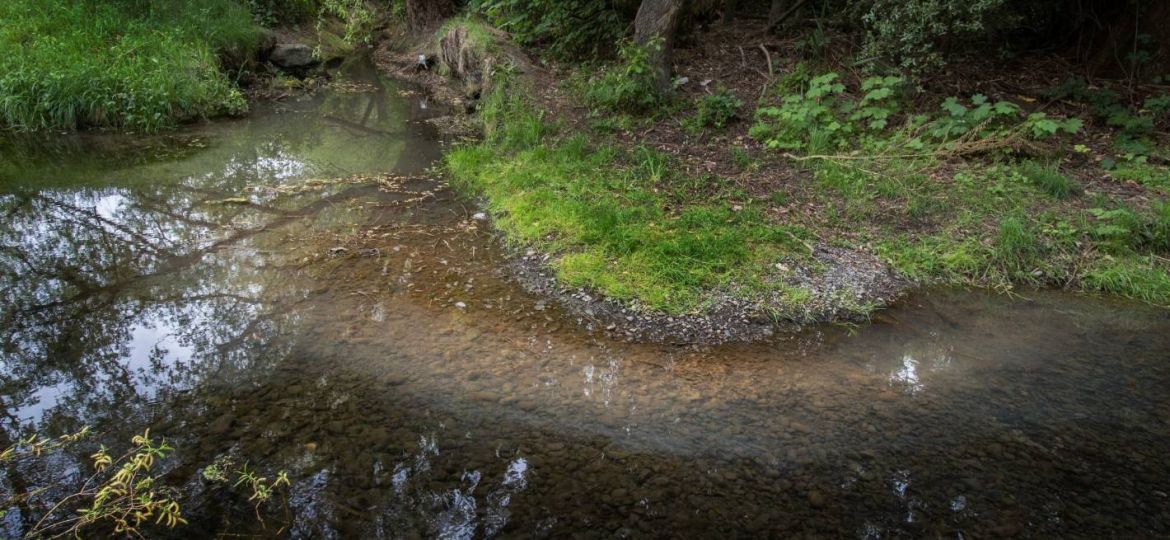
1. Introduction and Research Background
The water is harmful to the people if the presence of chlorine is above the 5 mg/ litter because it causes health diseases like kidney failure (Coakley, Bridgen, Bates, & Douwes, 2018). The water chlorination damages the functions of the water heaters. This research incorporatesan investigation to identify the mitigation measures to reduce the chlorine composition. Hence, this research selects a case of Christchurch where they aregetting water supply with the presence of a high percentage of chlorine. Water testing team of theChristchurch government has tested their supplied water, where they. . .















